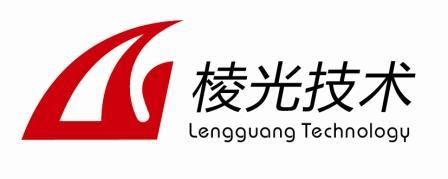UV-Vis spectrophotometer manufacturers tell you how to use their products
Release Time:
2020-01-06 00:00
UV-Vis spectrophotometer is a UV-Vis spectrophotometer is a widely used analytical instrument. Its applications involve scientific research, teaching in the fields of pharmacy, medical care, chemical industry, environmental protection, geology, machinery, metallurgy, petroleum, food, biology, materials, metrology, agriculture, forestry, fishery, etc., as well as quality control in production , raw materials and product inspection and other aspects. A widely used analytical instrument. Its applications involve scientific research, teaching in the fields of pharmacy, medical care, chemical industry, environmental protection, geology, machinery, metallurgy, petroleum, food, biology, materials, metrology, agriculture, forestry, fishery, etc., as well as quality control in production , raw materials and product inspection and other aspects. UV-Vis spectrophotometer can be used for qualitative analysis, purity inspection, structural analysis, complex composition analysis, determination of stability constant, reaction kinetics research, etc.
The UV-Vis spectrophotometer should be zeroed and calibrated before use. The reference solution is also called blank solution. A solution that is used as a comparison during measurement and does not contain the substance to be tested but whose matrix is as similar as possible to that of the sample solution. In general, the curve scanned with the reference solution should be a flat straight line. Sometimes, the matrix does not contain the substance to be tested, but contains other substances, and it must be ensured that it does not affect the test. It is often encountered that the reagent blank contains the analyte, which must be removed by purification. Otherwise, the measurement result will be affected. In chromatographic analysis, sometimes there may be more than one chromatographic peak far away from the measured component in the matrix, and the computer will not include them in the data processing and will not affect the determination.
Take the amount of iron ions contained as an example:
The difference between the reference solution and the measurement solution is the content of iron ions. Before measurement, use a reference solution without iron ions to scan, adjust the instrument (the process of adjusting 100), and then measure the cuvette of the iron ion solution, so that The iron ion in the measurement solution will form its own specific peak, and the sub-peak is compared with the reference peak in the database to obtain the content of the solution. If there is no iron ion curve in the database, you have to make a working curve with solutions of different iron ion concentration first, and then measure.
1. The machine switch is on the right side of the machine. Press it once to turn it on. There is a small screen. You can press the number keys to operate options and measure the absorbance value.
2. Press number key 1 to enter options, including current parameters, absorbance, etc.
3. Click the GOTO key on the keyboard to set, generally set to 600, you can input directly by pressing the number keys. After entering, press the ENTER key, this is the confirmation key.
4. Put the sample in the cuvette, leave a cuvette square with distilled water, and put the distilled water cuvette in the yi th and the rest in turn.
5. Cover the lid together, the position of the pull ring is at the position where the yi-th cuvette is measured, this step needs to be zeroed, and press the ZREO key on the keyboard.
6. After returning to zero, start to pull the handle hard in turn, the corresponding absorbance will be displayed on the display screen, and the values will be recorded in sequence, and the experiment of measuring the absorbance can be completed.
Copyright © 2024 Shanghai Lengguang Technology Co., Ltd. All Right SEO

 中文
中文 EN
EN